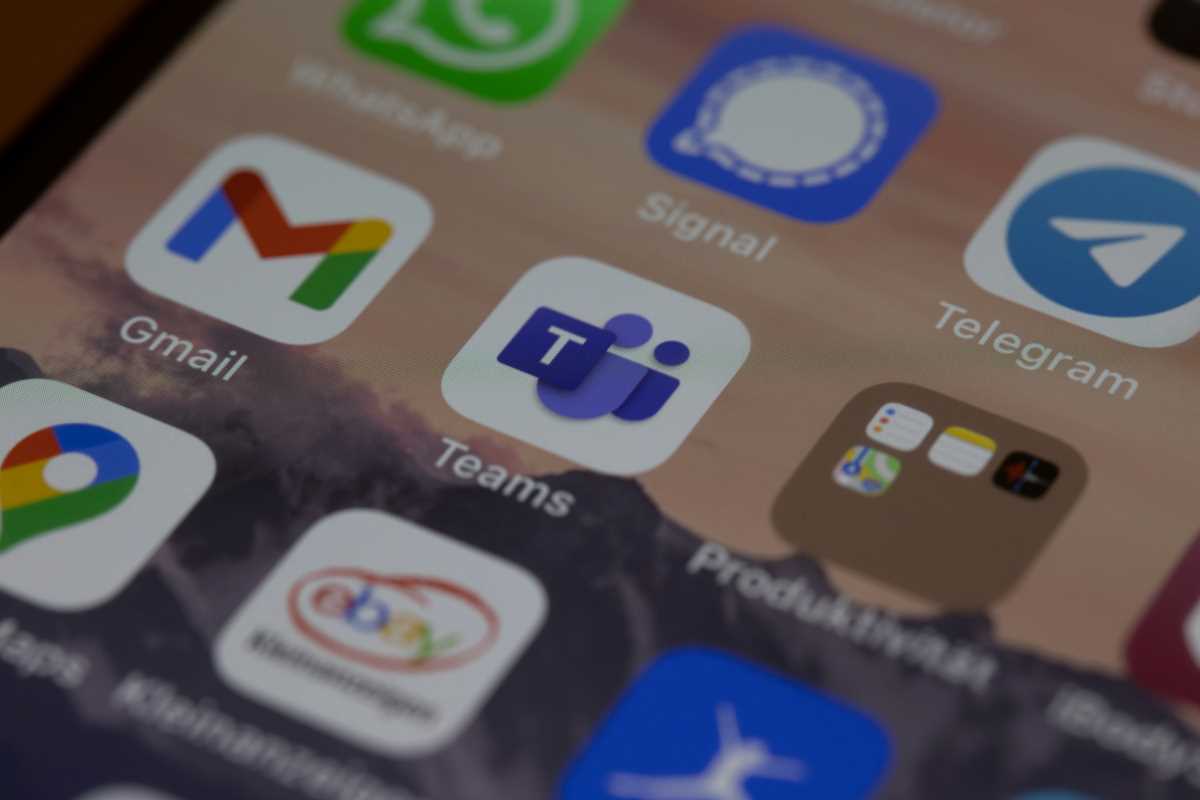Color is a powerful, often invisible force in branding and marketing. It influences consumer perceptions, evokes emotions, and drives decision-making. Brands carefully choose their colors for aesthetics to create a psychological connection with their audience. Each color carries specific meanings: red evokes intensity and urgency, while blue promotes trust and reliability. The psychology of color plays a crucial role in how consumers engage with brands, shaping their experiences and how they interpret messages. Understanding color’s impact is essential for companies aiming to craft a memorable brand identity that resonates deeply with their target market.
The Psychology of Color and Emotional Triggers
Colors evoke specific emotions and associations, influencing how people perceive and feel about a brand. These emotional responses are often subconscious, making them a critical tool for marketers and designers.
- Red conveys passion, excitement, and urgency. It’s commonly used in sales promotions to grab attention and stimulate action.
- Blue is associated with trust, reliability, and calmness, making it a favorite for banks and tech companies.
- Green signifies growth, health, and eco-friendliness, appealing to sustainability-focused consumers.
- Yellow projects happiness and optimism, often used by brands aiming to convey positivity.
- Black communicates sophistication and luxury and is frequently used by high-end brands.
How Brands Use Color to Build Identity
Color is central to brand identity, helping companies establish their presence and differentiate themselves in a crowded market. Think of iconic brands like Coca-Cola with bold red or Tiffany & Co.’s signature blue. These colors are not just aesthetic choices—they are carefully curated to evoke specific associations and enhance brand recall.
- Creating Recognition: Consistent use of color increases brand recognition by up to 80%. This is why brands stick to specific color palettes across all platforms.
- Establishing Emotional Bonds: Colors create an emotional connection between the consumer and the brand. For instance, a wellness company may use soothing green tones to resonate with health-conscious customers.
- Targeting Audiences: Different demographics respond to colors in distinct ways. For example, younger audiences might favor vibrant, energetic colors, while older consumers often prefer subdued and neutral tones.
The Role of Culture in Color Perception
While colors elicit universal emotional responses, cultural differences significantly influence how they are interpreted. A color seen as positive in one culture may carry a different meaning in another.
- White: In Western cultures, white represents purity and cleanliness, while in some Eastern cultures, it signifies mourning.
- Red: Associated with love and excitement in many countries, red symbolizes good fortune and prosperity in China.
- Green: While green is linked to nature and health in many cultures, it holds religious significance in Islamic traditions.
Understanding these nuances is vital for global brands to craft effective marketing campaigns that resonate across diverse audiences.
Color in Consumer Behavior
Color is not just about making a brand look good—it actively influences consumer decisions. Studies show that color can sway up to 90% of first impressions. This makes it a critical factor in product packaging, advertising, and website design.
- Impact on Buying Decisions: Consumers often snap judgments about products based on color alone. For instance, red and orange hues on a fast-food menu stimulate appetite and encourage quick choices.
- Driving Conversions: E-commerce sites use color to guide user behavior. A brightly colored call-to-action button, such as “Buy Now” in green or orange, can significantly increase clicks.
- Perceived Value: Luxury brands often use black, gold, or silver to convey exclusivity and high quality. This subtle cue can justify premium pricing.
Using Color in Digital Branding
Color is vital in capturing attention and engaging users online in today's digital-first world.
- Web Design: The right color palette can make or break a website. For instance, cool tones like blue and gray convey professionalism, while warm tones like orange and yellow can add energy and warmth.
- Social Media: Platforms like Instagram and Pinterest thrive on visual content. Brands with cohesive and appealing color schemes often enjoy higher engagement rates.
- Mobile Apps: Color is critical in app design, helping users navigate and interact seamlessly. Popular apps like Spotify (green) and Snapchat (yellow) use their signature colors to enhance user recognition.
Practical Tips for Leveraging Color in Branding
To harness the power of color, brands must approach their design strategies thoughtfully and intentionally.
- Understand Your Audience: Research your target demographic to identify colors that resonate with their preferences and values.
- Align With Brand Values: Choose colors that reflect your brand’s mission and personality. For example, a sustainable company might prioritize greens and earthy tones.
- Use Contrast for Readability: Ensure text and design elements stand out by balancing light and dark colors effectively.
- Test and Adapt: Conduct A/B testing with different color schemes to determine what resonates best with your audience.
- Consistency Is Key: Maintain a consistent color palette across all platforms to reinforce brand recognition.
Challenges and Missteps in Color Choices
While color is a powerful tool, using it incorrectly can backfire. Poorly chosen color schemes can alienate audiences or dilute a brand’s message.
- Overusing Vibrant Colors: Excessive use of bright colors can overwhelm consumers, making your brand appear chaotic.
- Ignoring Accessibility: Failing to consider colorblind-friendly designs can exclude a segment of your audience.
- Mismatch With Brand Values: A mismatch between color and brand identity—like using bold reds for a meditation app—can confuse consumers.
Case Studies of Successful Color Use
- Coca-Cola: The brand’s iconic red creates a sense of excitement and energy, aligning with its message of happiness and celebration.
- Apple: Sleek, minimalist white and gray tones reflect its commitment to innovation and simplicity.
- Starbucks: Green represents growth and relaxation, perfectly complementing its coffeehouse experience.
These examples illustrate how thoughtful color choices can become integral to a brand’s story and success. Color is far more than a visual element—it’s a psychological and emotional powerhouse that shapes perceptions and influences consumer behavior. For businesses, understanding and leveraging the power of color can be the difference between blending in and standing out.







